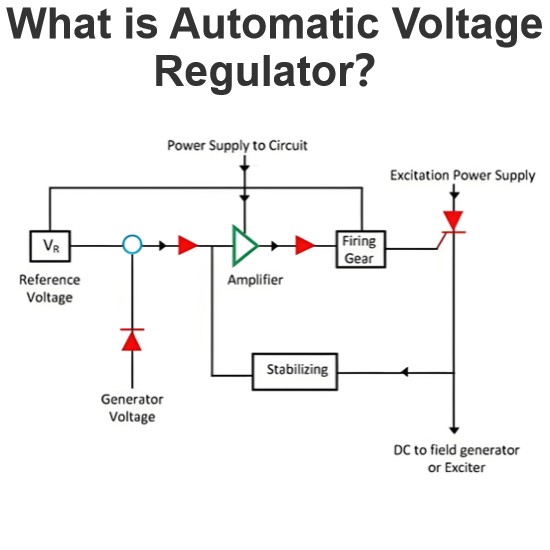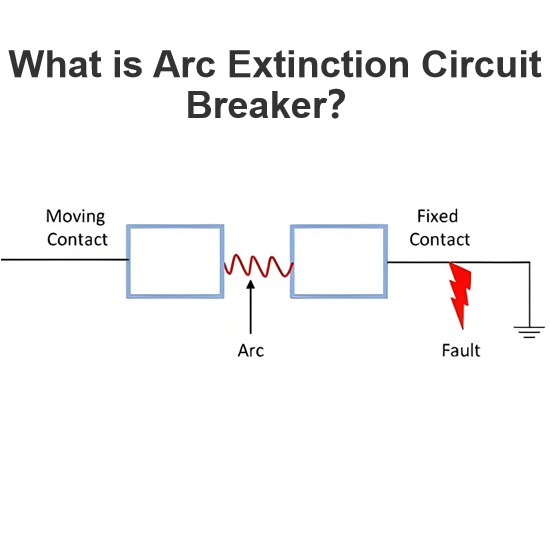Fuse Wire Materials
Characteristics and Materials of Fuse Elements
The materials selected for fuse elements must possess a specific set of properties. They need to have a low melting point, ensuring that the fuse will melt quickly when an excessive current flows through it, thereby interrupting the circuit and protecting the electrical system. Additionally, these materials should exhibit low ohmic loss to minimize energy dissipation during normal operation. High electrical conductivity (equivalent to low resistivity) is essential for efficient current flow without causing significant voltage drops. Cost - effectiveness is another crucial factor, as fuses are used in large quantities across various electrical applications. Moreover, the material should be free from any properties that could lead to degradation or failure over time, ensuring reliable performance.
Commonly, fuse elements are made from materials with low melting points, such as tin, lead, or zinc. While these metals are well - known for their low melting characteristics, it's important to note that some metals with high specific resistance can also offer a low melting point, as illustrated in the table below. These materials provide a balance between the ability to melt rapidly under fault conditions and the need to maintain acceptable electrical performance during normal operation.

Fuse Element Materials: Properties, Applications, and Trade - Offs
The materials commonly utilized for fuse elements include tin, lead, silver, copper, zinc, aluminum, and an alloy of lead and tin. Each material has distinct characteristics that make it suitable for specific applications within electrical circuits.
An alloy of lead and tin is typically employed for fuses with small current ratings. However, when the current exceeds 15A, this alloy becomes less practical. For higher - current applications, using a lead - tin alloy would require fuse wires with larger diameters. Consequently, when the fuse melts, an excessive amount of molten metal is released, which can pose safety risks and may also lead to more extensive damage to the surrounding components.
For circuits with current ratings beyond 15A, copper wire fuses are often the preferred choice. Despite its widespread use, copper has some notable drawbacks. To achieve a reasonably low fusing factor (the ratio of the minimum fusing current to the rated current), copper wire fuses tend to operate at relatively high temperatures. This elevated operating temperature can cause the wire to overheat over time. As a result, the cross - sectional area of the wire gradually decreases, and the fusing current also drops. This phenomenon increases the likelihood of premature melting, potentially leading to unnecessary circuit interruptions and disruptions in electrical service.
Silver, on the other hand, offers several advantages as a fuse element material. One of its key benefits is its resistance to oxidation; silver does not readily form stable oxides. Even if a thin layer of oxide does form, it is unstable and easily breaks down. This property ensures that the conductivity of silver remains unaffected by oxidation, maintaining consistent electrical performance throughout its service life. Additionally, due to its high electrical conductivity, the amount of molten metal generated when the fuse operates is minimized. This reduction in molten metal mass enables faster operation of the fuse, allowing it to interrupt the circuit more quickly in the event of an overcurrent condition. However, silver's high cost compared to other metals such as copper or the lead - tin alloy limits its widespread use. In most practical applications, where cost - effectiveness is a significant consideration, copper or lead - tin alloys are more commonly used as fuse wires.
Zinc, when used as a fuse element, is typically in strip form. This is because zinc does not melt rapidly under small overload conditions. Its relatively slower melting behavior provides a degree of tolerance for transient or minor overcurrents, preventing unnecessary fuse operation and reducing the likelihood of false trips in electrical circuits.
The Electricity Encyclopedia is dedicated to accelerating the dissemination and application of electricity knowledge and adding impetus to the development and innovation of the electricity industry.













